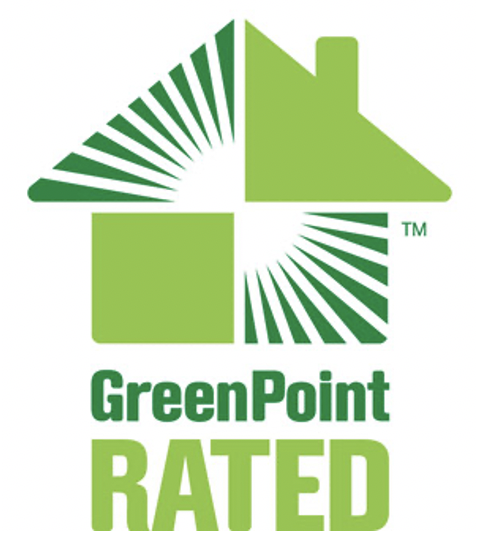A New Year – A new lineup of Free Courses!
As we all settle into 2024, here at In Balance Green Consulting we are ramping up for new course offerings. We continue to serve as a proud partner of the Tri-County Regional Energy Network (3C-REN) to provide online and in-person courses on building performance, energy efficiency and Title 24 energy code compliance. All courses are free, thanks to 3C-REN, which is funded through public utility fees.
Online classes that are coming up:
Batteries: Options and implementation
Wednesday, 1/24, 10-11am
Whether you’re interested in resiliency and cost savings for a home or simply meeting energy codes for new construction, understanding battery storage is increasingly important for the building industry. In this course, we’ll go over battery types, what’s currently available and what’s on the horizon, how to size a battery for code compliance or other goals, and what to look for in implementation.
Register HERE.
Using HERS Measures
Wednesday 1/31 and 3/20, 9:30-11am
Third-party verification through HERS measures is a great way to improve energy performance and, more to the point, meet the Title 24 Energy code. In this two-part course, we’ll cover what architects and builders need to know to successfully integrate HERS measures into residential design and construction.
Register for Part 1 and Part 2
Energy Code Implementation: Single Family New
Wednesday, 2/14, 9:30-11am
Since the energy code update took effect in January 2023, the industry is adjusting design, detailing and construction to meet compliance. In this series, we’ll review the code requirements with a focus on what to include in construction documents to streamline the permitting process and tips for construction to ease sign-offs and occupancy. Separate courses over the next few months will cover Single Family New Construction; Single Family Additions and Alterations; ADUs; Multi-Family; and Non-Residential construction.
Register HERE.
Practical Ways to Address Embodied Carbon
Tuesday, 2/20, 10-11am
Embodied Carbon, the term that identifies the collective impacts of extracting, manufacturing and transporting building materials, is appearing on everything from requests for proposals to the next round of the building code. In this course we’ll provide practical approaches to reducing embodied carbon in residential and commercial projects.
Register HERE.
For lots more classes, both live and on-demand, go to 3C-REN.org.
Is your firm, department or organization interested in a particular topic? We’ll come to you! Reach out to us for scheduling.










